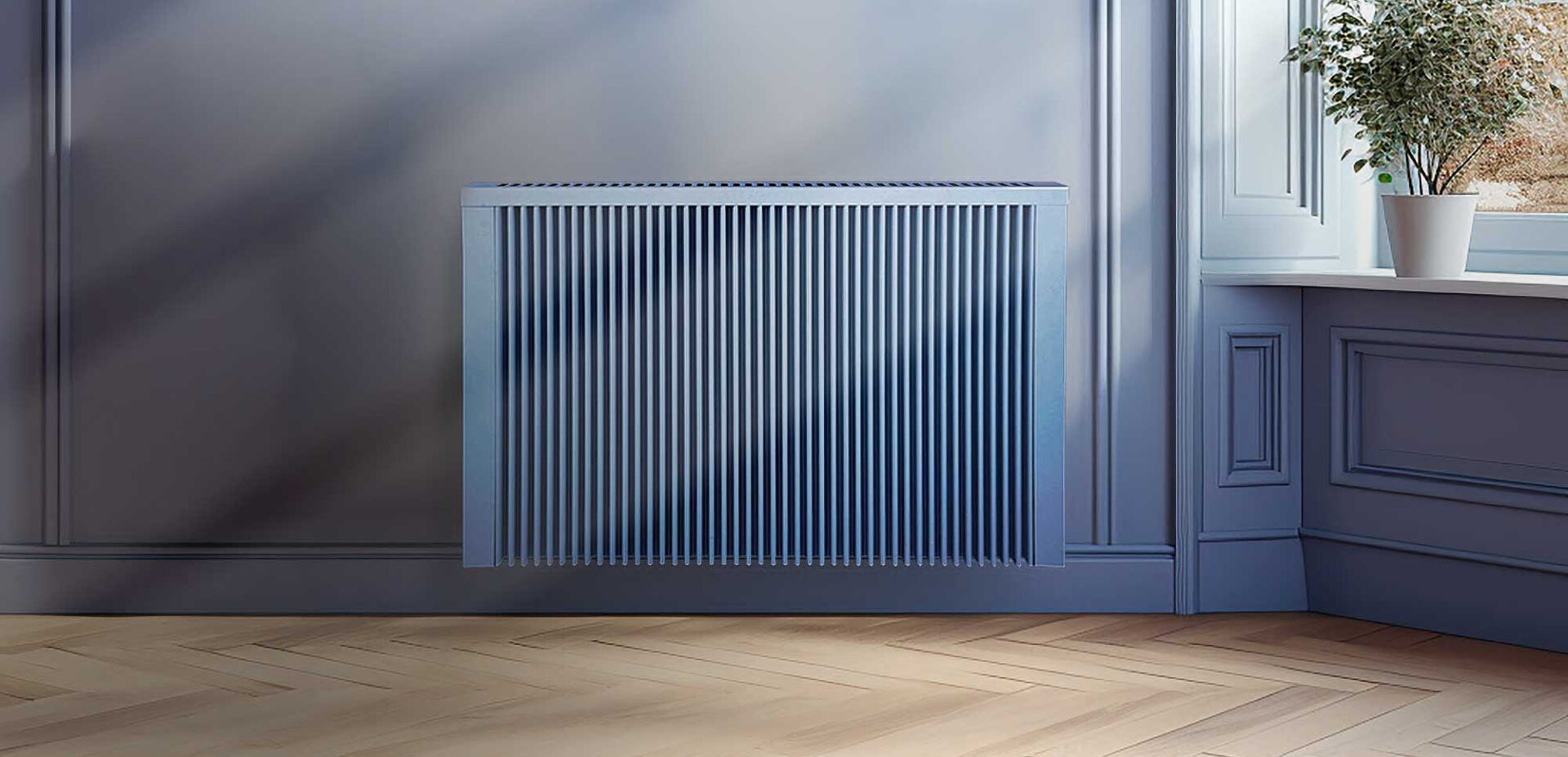
Electric Radiators Vs. Storage Heaters
Half a century ago, many households harnessed the power of Economy 7’s reduced night-time electricity tariffs to warm their homes – all thanks to storage heaters. While cost-effective at the time, these somewhat antiquated heaters tend to render homes too warm in the morning and insufficiently warm at night, prompting users to switch them on when energy rates are at their peak.
Electric radiators come with a plethora of energy-saving features available, offering both style and functionality. All-day warmth, reduced energy bills, and stylish aesthetics abound – electric radiators consistently outperform their counterparts.
Delving into Storage Heaters
Storage heaters are large aluminium electric heaters that are equipped with a set of clay or ceramic bricks and a heating element at their core. During the night, when electricity rates are lower under the Economy 7 tariff, storage heaters draw power and heat up their internal bricks. These bricks effectively act as heat storage units, absorbing and retaining the generated warmth. Throughout the following day, the stored heat is gradually released into the room, providing a warmth without the need for additional daytime electricity consumption.
Understanding Economy 7
Economy 7 is a tariff that offers significantly lower electricity rates. As most people retire for the night by midnight, the electricity rate drops at this time, reflecting the decline in demand. Since storage heaters heat their internal bricks during the off-peak hours between 12am and 7am, they are considered to save money by capitalising on this lower tariff. However, this comes with a caveat: at all other times, the ‘Economy’ rate is actually considerably higher than the standard, average tariff.
The Mechanism of Storage Heaters
Storage heaters employ convection to transfer heat. Convection operates by exposing air to a hot surface – in this instance, a storage heater’s heating element and internal bricks. Hot air rises, while cooler air descends before also being warmed by the heater, generating a convection current. This is where air within a room circulates, rising and falling in relation to a hot element.
Unveiling Electric Radiators
Electric radiators represent a far more modern heating solution. Available in a diverse range of sizes, orientations, and styles, electric radiators are sleek, unobtrusive units, designed to blend seamlessly with contemporary décor. Tailored for all-day use, they connect to a home’s main energy supply and are intended to be switched on when required and off when not in use. While they do not operate on an economy tariff, their high levels of controllability ensure a more energy-efficient experience.
The Heating Mechanism of Electric Radiators
Electric radiators also employ convection to distribute heat, but they additionally utilise radiant warmth. Radiant warmth is a completely safe form of radiation that effectively heats people and objects in a direct, focused line. This combination of convection and radiant warmth results in an incredibly efficient form of heat that is both highly responsive and long-lasting, creating warm and inviting spaces from top to bottom.
Electric Radiators: A Comprehensive Solution for Superior Home Heating
In conclusion, electric radiators have emerged as the clear frontrunners in the realm of home heating, offering a combination of energy efficiency, style, and controllability that storage heaters simply cannot match. With their ability to provide all-day warmth, their sleek designs, and their advanced features, electric radiators are the perfect choice for modern, comfort-seeking homeowners.

